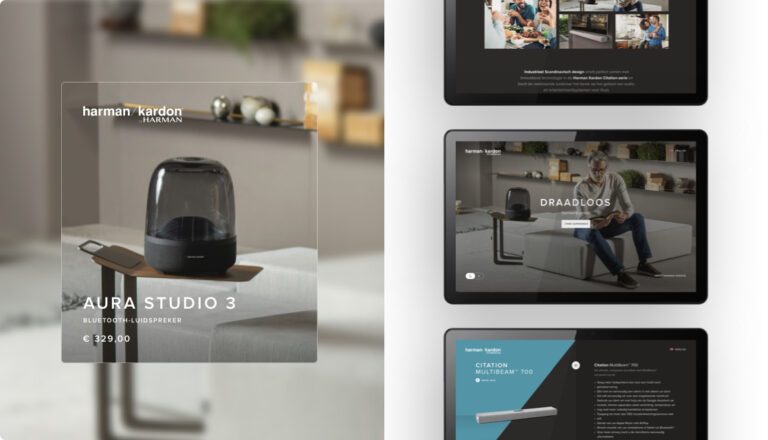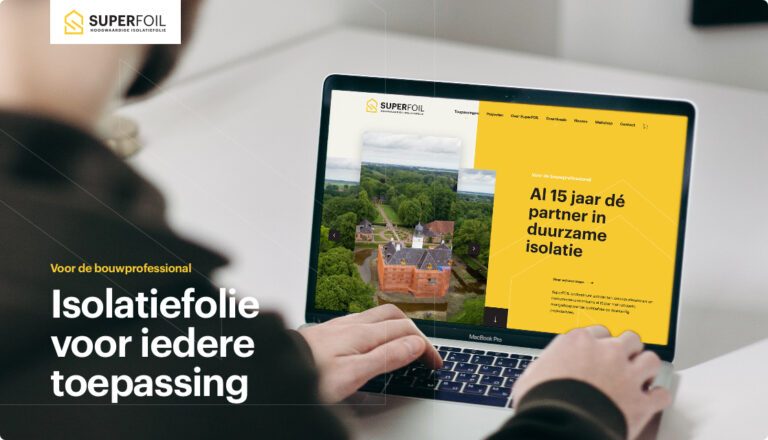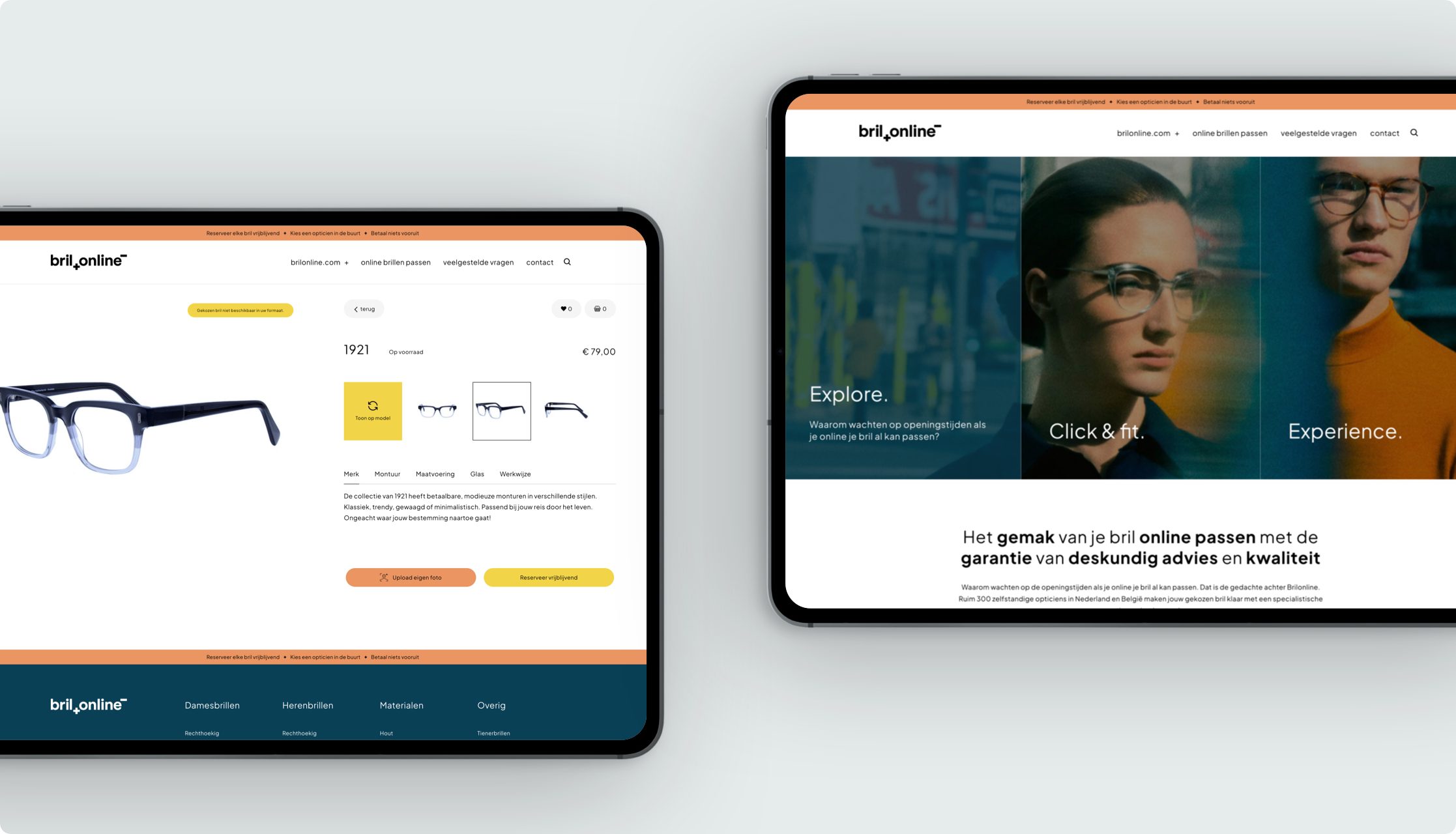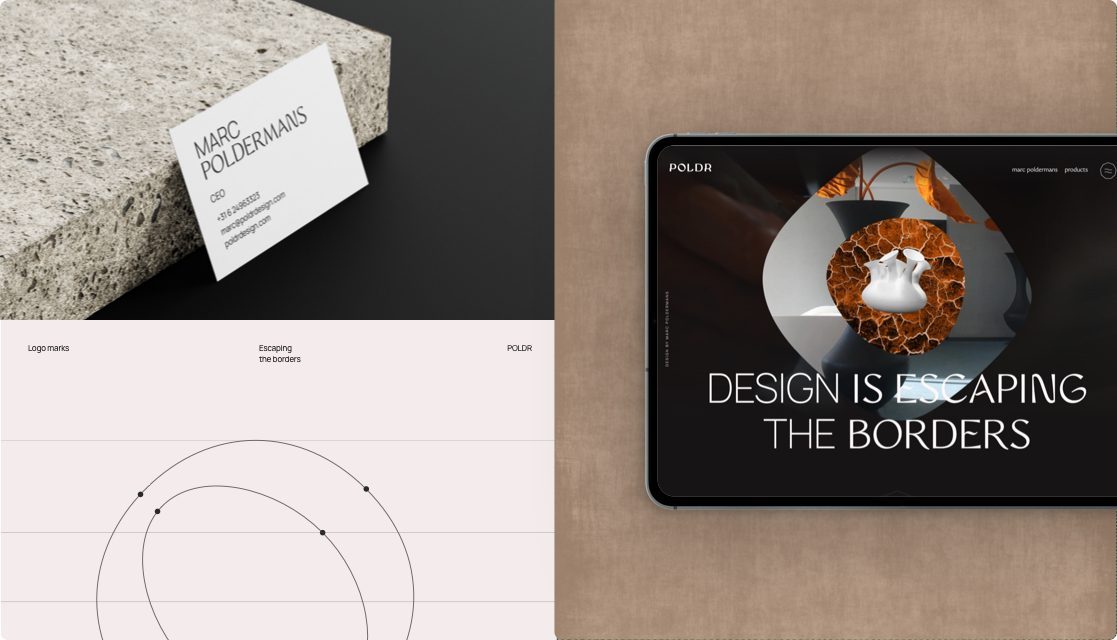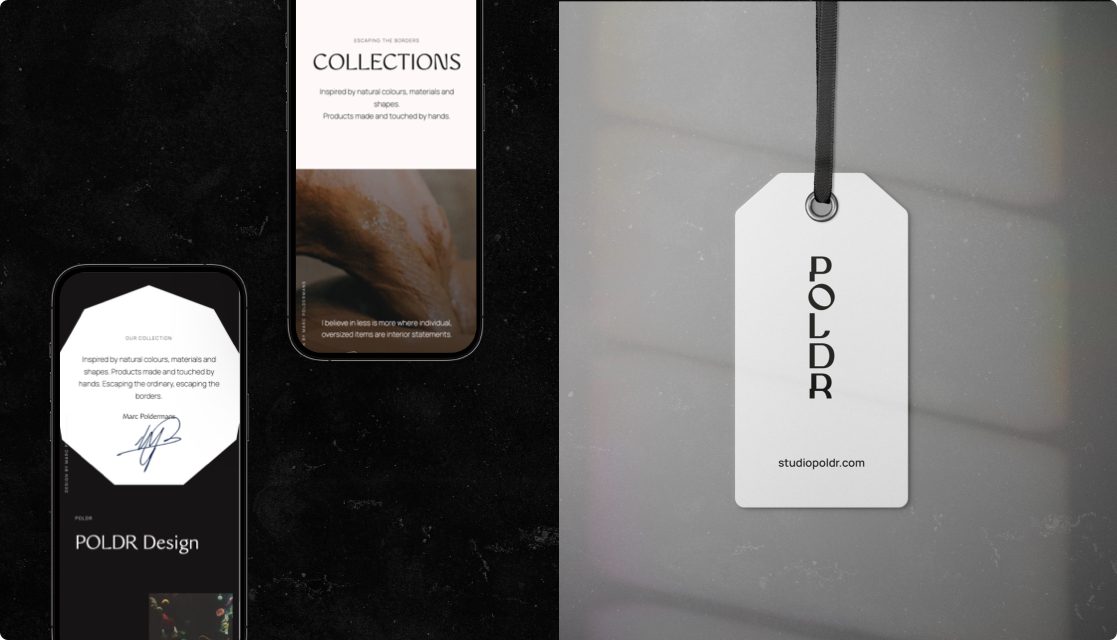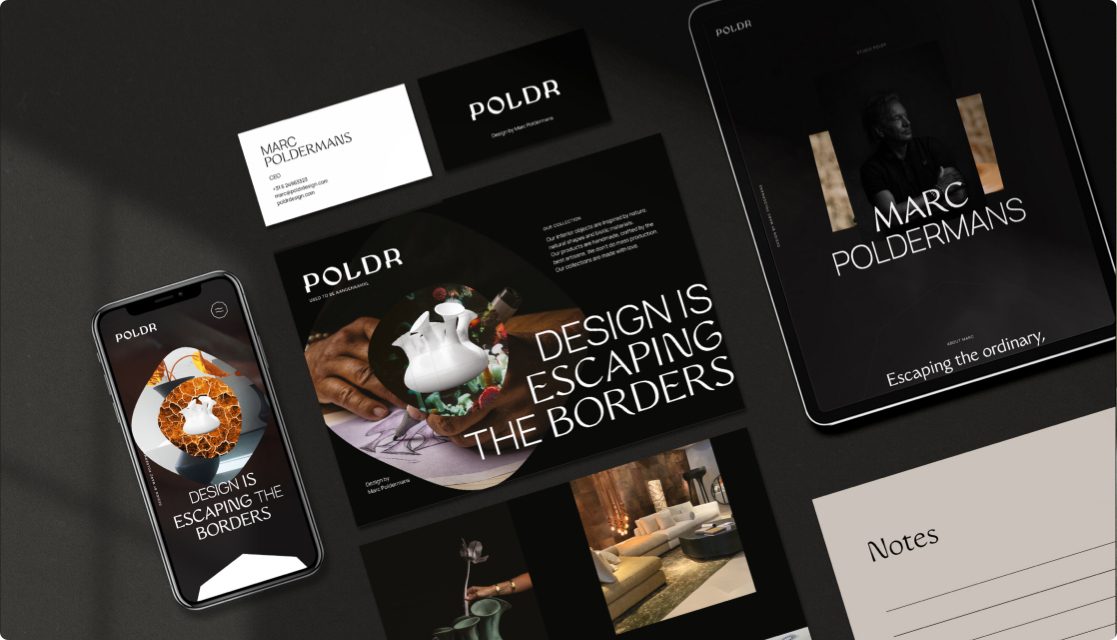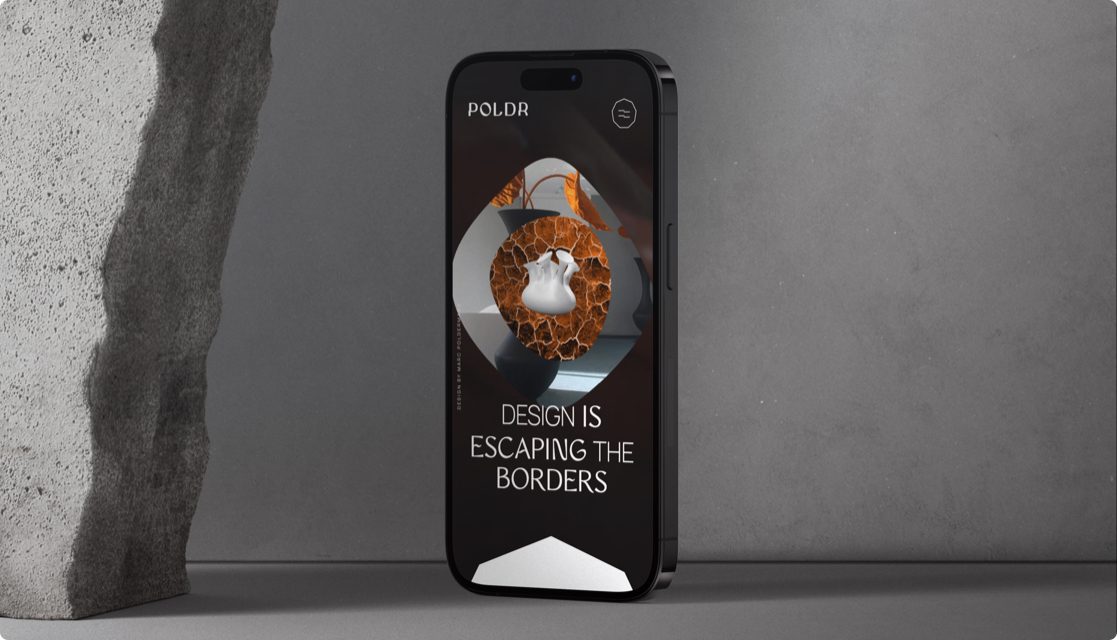Prototyping is an essential part of the product development process. It gives our designers and developers a chance to explore their ideas, test assumptions and make informed decisions about the product before starting the realization of the full version. By creating and testing a prototype, our designers and developers quickly identify potential design flaws and can improve the product to increase its effectiveness.
In brief
-
Prototyping gives our designers and developers a chance to explore their ideas, test assumptions and make informed decisions about the product before starting the realization of the full version.
-
Leveraging feedback from stakeholders, users and other experts, our specialists create a prototype that meets the needs of all stakeholders.
-
We use our expertise and prototyping knowledge to ensure that the product is designed with the user in mind and that any issues are identified and addressed before launch.
- Ultimately, prototyping enables our teams to make informed decisions, create better products, reduce development time and costs.

Lars GroenewaldDigital Designer
“By incorporating feedback from stakeholders, users and other experts, we always create a prototype that meets the needs of all stakeholders.”
Lars GroenewaldDigital Designer
Informed decisions
Prototyping also helps stakeholders better understand the product and how it works, and can be used to communicate feature sets, usability and other design elements. Ultimately, prototyping enables our teams to make informed decisions, create better products, reduce development time and costs.
Prototyping is a crucial part of the design process, allowing our teams to experiment with different solutions to ensure the best possible outcome.
Prototyping is thus a powerful tool that can be used to validate design decisions, identify user needs and find potential solutions. At Sumedia, it is a crucial part of the design process, allowing our teams to experiment with different solutions to ensure the best possible outcome. Leveraging feedback from stakeholders, users and other experts, our specialists create a prototype that meets the needs of all stakeholders. It also allows our teams to test assumptions and discover any problems before committing to a full version and developing the product.
Effectiveness
Poorly implemented prototypes can lead to expensive designs that fail to meet user needs, lack important features or are simply not feasible. Not using prototyping can also lead to missed opportunities to identify potential problems before they become expensive. As a business development agency, we put our expertise and knowledge of prototyping to ensure that the product is designed with the user in mind and that any issues are identified and addressed before launch.




